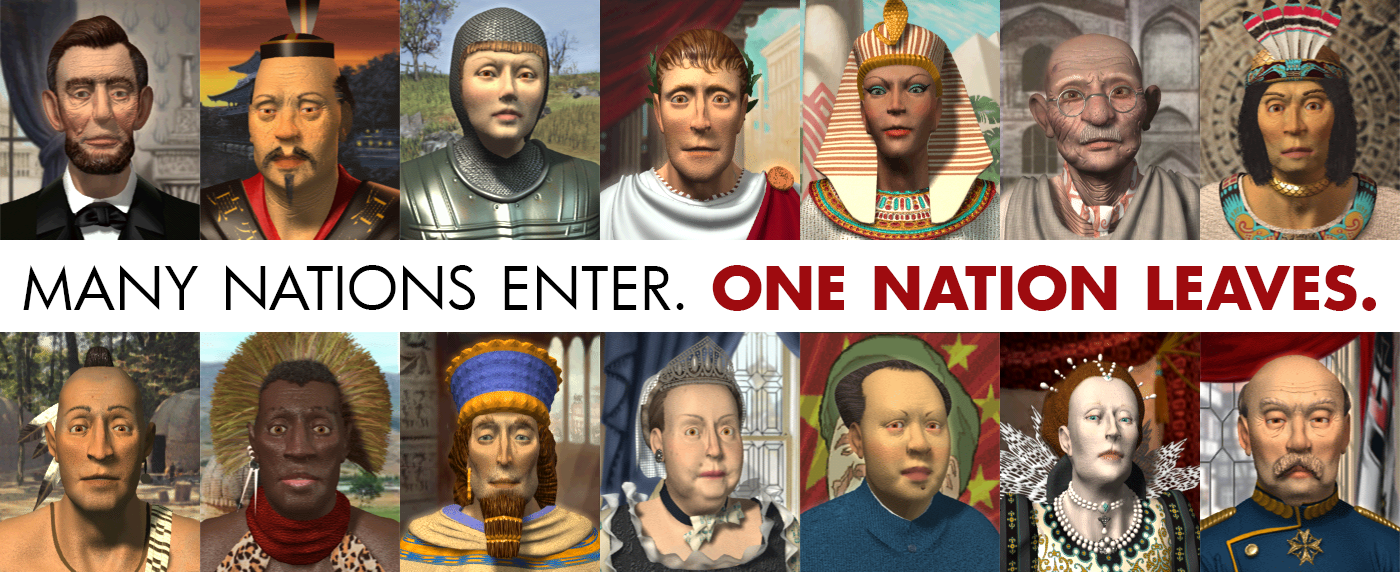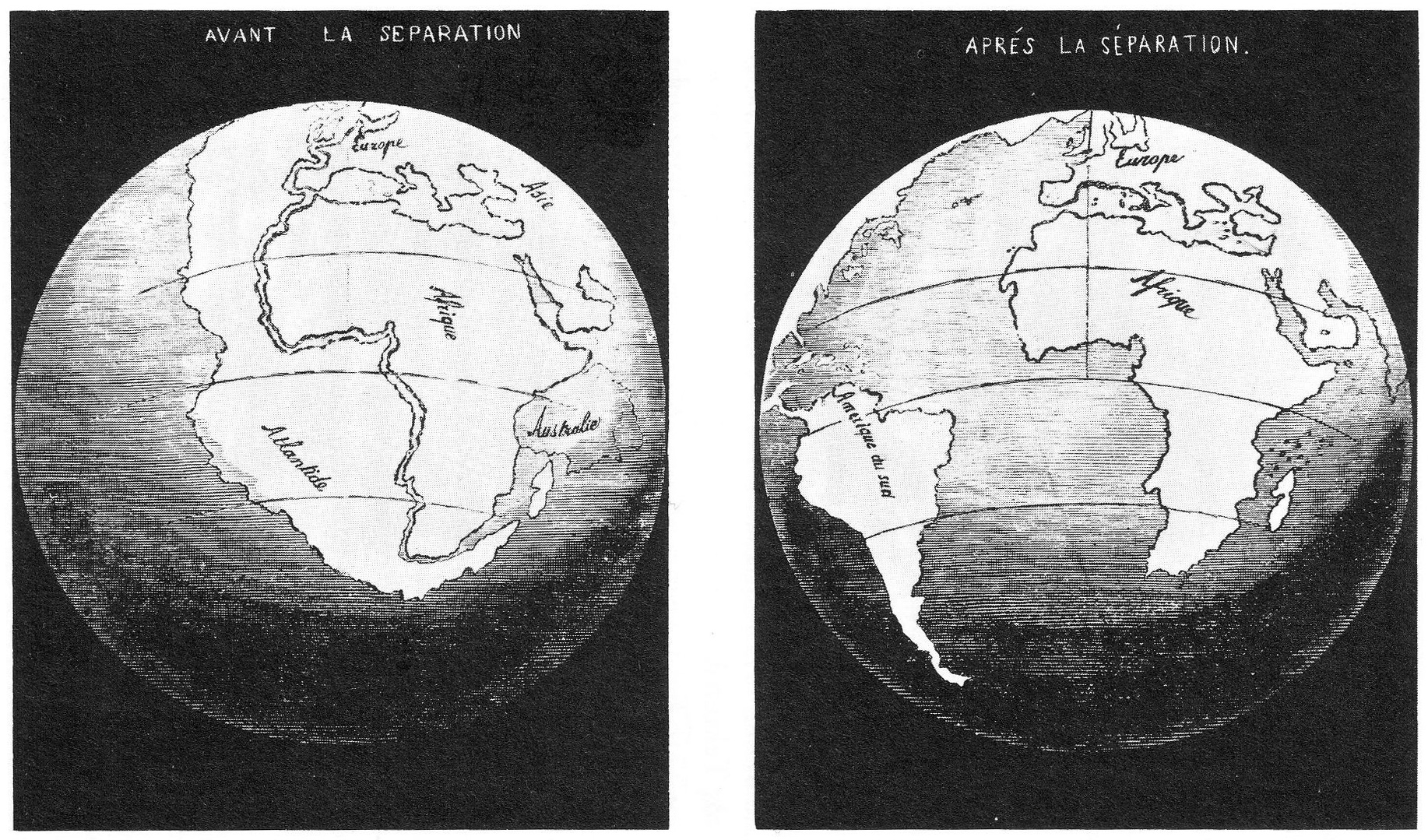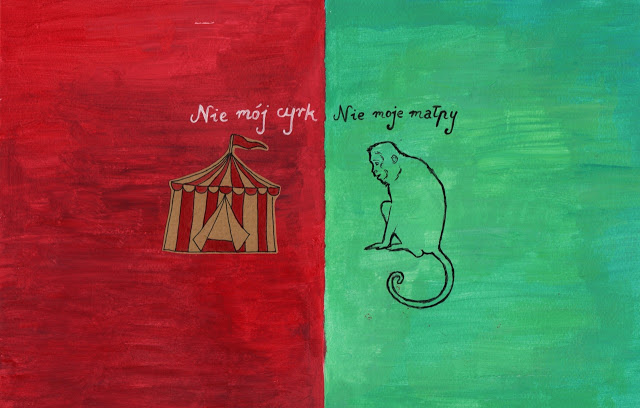Games in Sid Meier’s Civilization series are loosely patterned off the rise and fall of real-life civilizations. And some of these real-life civilizations had exactly the kinds of ambitions that would win a game of Civilization. Which raises the obvious question: did any of them get close? Has anybody won? Are we all just living in the “just a few more turns” postgame of a real-life Civilization match?
(“Yes,” “maybe,” and “maybe.”)
This is about who got closest, although in a couple cases, there may already be a winner. And I’ll be using the victory conditions from Civilization III. Because I like Civilization III and it’s the best one.
Continue reading “Who Has Come Closest To Winning Civilization In Real Life?”





